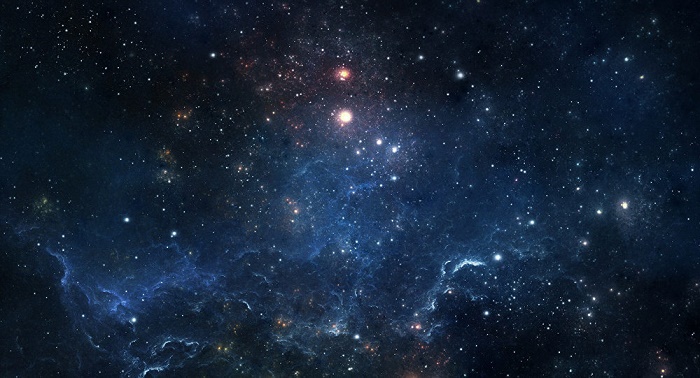Scientists prepare to challenge Einstein theory’s key tenet

Professor João Magueijo from Imperial College London, and Dr. Niayesh Afshordi at the Perimeter Institute in Canada, now suggest that the speed of light, which has been accepted as a constant, could be variable. In particular, they suggest in the journal Physical Review D that, long ago, mere moments from when the universe appeared, light traveled much more quickly than it does today.
According to the scientists, the known universe, filled with galaxies, stars and gas, became possible thanks to tiny fluctuations in the density of the matter of the early universe, which, at the time, resembled a very hot, opaque, plasma fog.
Fluctuations in density occurred because the speed of light was not stable, the scientists claim. They suggest that gravity and light traveled at different speeds, with gravity moving more slowly. Later, as the universe expanded and became cooler, light traveled more slowly, causing the speed of light and the speed of gravity to become equal.
Magueijo and Afshordi say that imprints of those fluctuations can be observed in the cosmic microwave background, or "relic radiation," a thermal radiation left in interstellar space from the period immediately following the Big Bang, and calculated using a "spectral index." The new theory puts the figure very close to current observations. Further observations, conducted with more sensitive measuring devices, will show a similar figure, and will prove them right, the scientists say.
In current physics and cosmology, the "inflation" theory is considered to be mainstream. This theory, based on a constant speed of light, suggests that our universe expanded at variable speeds, as the initial expansion is thought to have been very fast, but then slowed for an as-yet-unexplained reason.
Both theories struggle to solve the so-called horizon problem. The known universe, despite the abovementioned smaller fluctuations, is thought to have a more or less similar density in any direction. If light always travels with the same speed, and the universe expands at the same speed, heat-carrying light could not reach the universe`s boundaries quickly enough, resulting in a significantly different measurable density of the known universe.
According to the inflation theory, the universe was small for long enough to become homogenous, before spontaneously exploding and rapidly expanding. This explanation requires some strange and unusual conditions to exist at some point in the past and then suddenly disappear.
According to the variable light theory, the speed of our universe`s expansion became constant, but, thanks to light being much faster, heat energy became dispersed evenly. This theory removes the problematic strange conditions, yet still must be put to the test using technology that is not yet available.















































